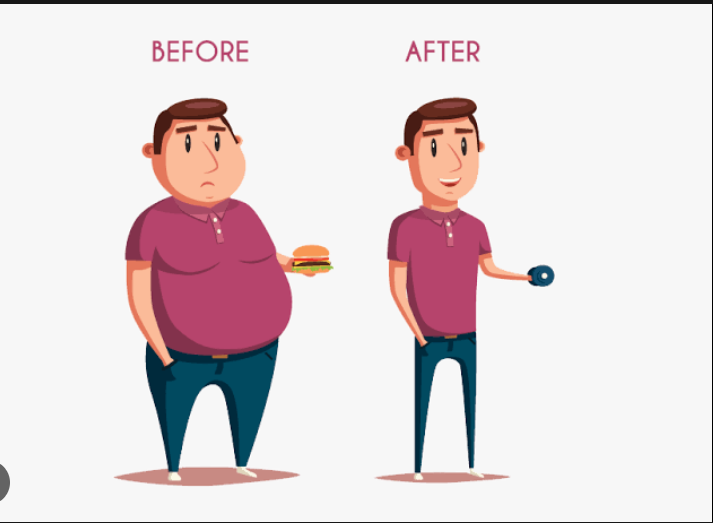Use these tried-and-true methods to weight loss and improve your health.
by-mayo clinic staff
Hundreds of fad diets, weight-loss programs, and outright scams promise quick and easy weight loss. However, the foundation of successful weight loss remains a healthy, calorie-controlled diet combined with increased physical activity. For successful, long-term weight loss, you must make permanent changes in your lifestyle and health habits.
1. Make sure you’re ready for weight loss

Also read-Unlocking The Power Of Chia Seeds: A Comprehensive Guide
Long-term weight loss takes time, effort, and a long-term commitment. While you don’t want to put off weight loss indefinitely, you should make sure you’re ready to make permanent changes to eating and activity habits. Ask yourself the following questions to help you determine your readiness:
- Am I motivated to lose weight?
- Am I too distracted by other pressures?
- Do I use food as a means to cope with stress?
- Am I ready to learn or use other strategies to cope with stress?
- Do I need other support—either from friends or professionals—to manage stress?
- Am I willing to change my eating habits?
- Am I willing to change my activity habits?
- Do I have the time to make these changes?
Talk to your doctor if you need help addressing stressors or emotions that seem like obstacles to your readiness. When you’re ready, you’ll find it easier to set goals, stay committed, and change habits.
2. Find your inner motivation

Others cannot force you to lose weight. To make yourself happy, you must make dietary and activity adjustments. What will give you the intense motivation to follow through with your weight-loss plan?
Make a list of your priorities to keep you motivated and concentrated, whether it’s a future vacation or improved general health. Then figure out a technique to guarantee that you can use your motivating elements when faced with temptation. You might wish to leave a motivational note for yourself on the refrigerator or pantry door, for example.
Although you must be accountable for your actions to lose weight, having the appropriate kind of support can be helpful. Choose supporters for yourself who will motivate you.
3. Set realistic goals

Setting reasonable weight-loss objectives can seem obvious. But are you truly aware of what is realistic? It’s a good idea to set a long-term weight loss goal of 1 to 2 pounds (0.5 to 1 kilogram) every week. Typically, you need to burn 500–1,000 more calories per day than you take in through a lower-calorie diet and consistent exercise in order to lose 1-2 pounds each week.
Depending on your weight, losing 5% of it might be a feasible objective, at least initially. 9 pounds (4 kilograms) if you weigh 180 pounds (82 kilograms). Your chance of developing chronic health conditions like heart disease and type 2 diabetes can be decreased with even this level of weight loss.
4. Enjoy healthier foods

Adopting a new eating style that promotes weight loss must include lowering your total calorie intake. But decreasing calories need not mean giving up taste, satisfaction, or even ease of meal preparation.
One way you can lower your calorie intake is by eating more plant-based foods—fruits, vegetables, and whole grains. Strive for variety to help you achieve your goals without giving up taste or nutrition.
5. Get active, stay active

While it is possible to lose weight without exercising, combining calorie restriction with regular exercise can give you an advantage. Exercise can assist in burning off extra calories that diet alone won’t be able to reduce.
Exercise has a host of other health advantages as well, such as elevating your mood, enhancing your cardiovascular system, and lowering your blood pressure. Additionally, exercise can aid in maintaining weight loss. According to studies, those who successfully maintain their weight loss over time engage in regular physical activity.
How many calories you burn depends on the frequency, duration and intensity of your activities. One of the best ways to lose body fat is through steady aerobic exercise — such as brisk walking — for at least 30 minutes most days of the week. Some people may require more physical activity than this to lose weight and maintain that weight loss.
Any extra movement helps burn calories. Think about ways you can increase your physical activity throughout the day if you can’t fit in formal exercise on a given day. For example, make several trips up and down stairs instead of using the elevator, or park at the far end of the lot when shopping.
Also read-Eating Routines For Weight Loss: Why Your Food And Meal Times Must Coincide
images source-google




































